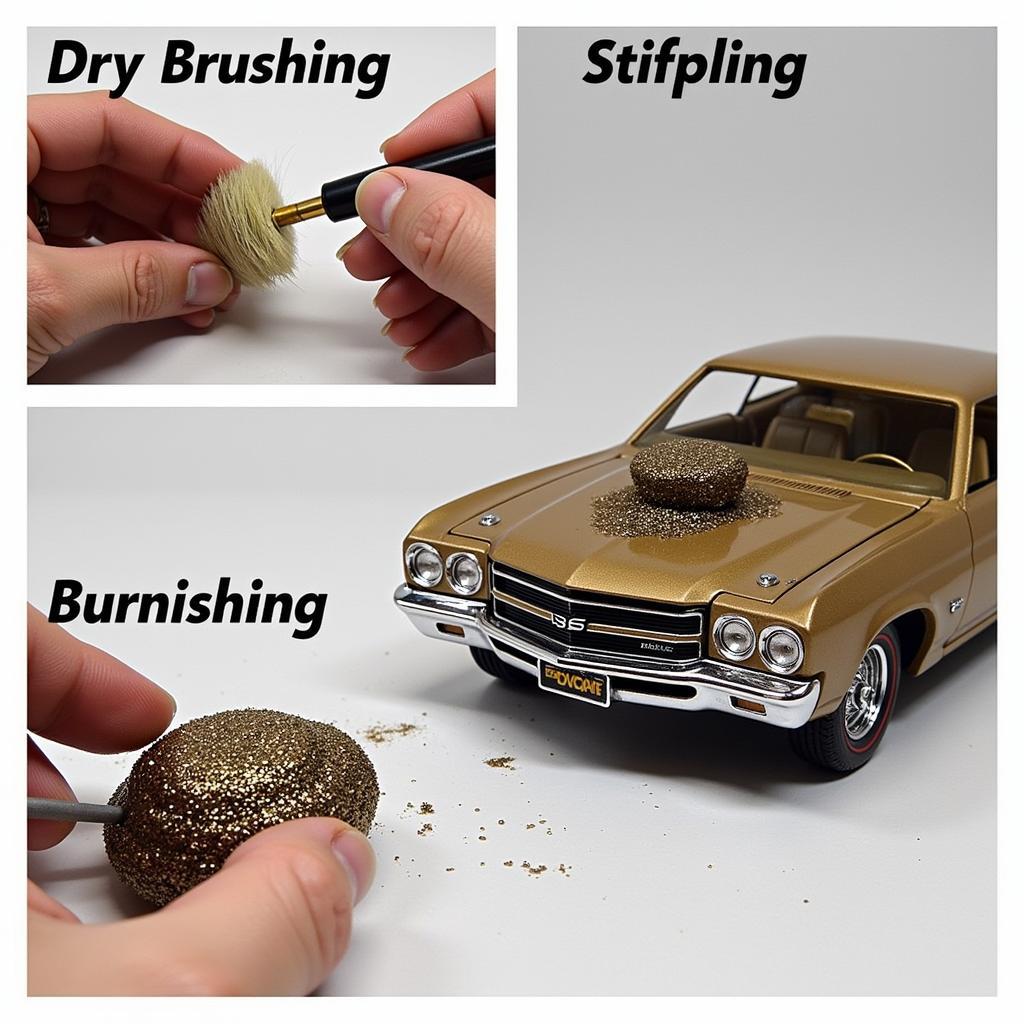Choosing the right tools can make all the difference when it comes to detailing model cars. While many focus on paints and washes, a detailer knows that precision work often hinges on the humble pencil. But with so many brands and types available, finding the perfect pencil for model car detailing can feel overwhelming.
This guide breaks down everything you need to know about selecting the best pencils to enhance your model car builds, from understanding lead grades to exploring specialist techniques.
Deciphering Pencil Grades: Hardness vs. Darkness
The most crucial factor to consider is the pencil’s lead grade, indicated by a combination of letters and numbers. This system classifies pencils based on the hardness of the lead, which directly affects the darkness and width of the lines produced:
-
H Pencils: Represent “Hardness.” Higher the number (9H being the hardest), the lighter and finer the lines. Ideal for:
- Preliminary sketching
- Creating faint panel lines
- Adding subtle weathering effects
-
B Pencils: Represent “Blackness.” Higher the number (9B being the softest), the darker and wider the lines. Perfect for:
- Bold outlines
- Creating shadows and depth
- Emphasizing details
-
HB Pencils: The middle ground, offering a balance of hardness and blackness. Suitable for:
- General sketching
- All-purpose detailing
-
F Pencils: “Fine point” pencils falling between HB and H, known for their sharp and precise lines. Great for:
- Intricate details
- Technical drawings
Top Pencil Brands for Model Car Detailing
While understanding lead grades is essential, the brand you choose also plays a vital role in achieving the desired results. Here are some top recommendations:
-
Staedtler: Known for their high-quality leads, Staedtler pencils offer exceptional point strength and minimal breakage, making them ideal for long detailing sessions. Their Mars Lumograph range is a popular choice among artists and modelers.
-
Faber-Castell: Another renowned name in the art world, Faber-Castell pencils are celebrated for their smooth lead and rich pigment. The Castell 9000 series, with its iconic green barrels, is a classic choice for both sketching and detailing.
-
Caran d’Ache: If you’re seeking premium quality and willing to invest a bit more, Caran d’Ache pencils are an excellent option. Their Graphite Line range boasts superior lightfastness, ensuring your detailing work stands the test of time.
-
Derwent: For those who prefer a wider range of tones, Derwent pencils offer a diverse selection of graphite grades, including specialized sketching sets ideal for model car detailers.
-
Pentel: A more affordable option without compromising quality, Pentel pencils deliver smooth lines and consistent performance. Their GraphGear 1000 series, with its comfortable grip and retractable lead, is perfect for extended use.
Beyond the Basics: Specialist Pencils and Techniques
Once you’ve mastered the fundamentals, you can elevate your model car detailing further with these specialized pencils and techniques:
-
Mechanical Pencils: Offer unparalleled precision and consistency, eliminating the need for sharpening. Look for mechanical pencils with fine lead sizes (0.3mm, 0.5mm) for intricate detailing work.
-
White Pencils: Useful for adding highlights to raised areas, simulating reflections, or creating light weathering effects on darker colored models.
-
Colored Pencils: While not traditional for detailing, colored pencils can add subtle touches of realism. For instance, use a red pencil to simulate rust or a brown pencil to create dirt build-up.
-
Burnishing Tools: These smooth, rounded tools are not pencils but can be used with graphite to blend, smooth, and create unique textures.
-
Dry Brushing: A technique where you lightly load a stiff brush with pencil lead and gently drag it across raised surfaces to create highlights and emphasize details.
-
Stippling: This technique involves using the tip of the pencil to create a series of dots, adding texture and depth to areas like tires or grilles.
 Model Car Detailing Techniques
Model Car Detailing Techniques
Conclusion
The right pencils can transform your model car detailing, adding a level of realism and precision that elevates your work. Remember to experiment with different brands, grades, and techniques to discover what works best for your style and preferences.
As you refine your skills and build your collection of tools, you’ll find endless possibilities for bringing your model car creations to life.
FAQs
1. Can I use regular pencils for detailing model cars?
While you can technically use any pencil, regular pencils often lack the range of grades and quality of lead needed for fine detailing work on model cars.
2. How do I prevent smudging pencil marks on my model car?
To prevent smudging, consider using a fixative spray designed for graphite drawings. Apply a light coat over the finished detailing to seal the pencil marks.
3. What’s the best way to sharpen pencils for model car detailing?
A sharp craft knife or a dedicated pencil sharpener designed for artists’ pencils will give you the best control over the point shape and sharpness.
4. Can I erase pencil marks on a painted model car?
Erasing on painted surfaces can be risky. If you need to remove a pencil mark, use a soft, kneaded eraser and very light pressure to avoid damaging the paint.
5. Where can I find more tips and tutorials on model car detailing?
CarDetailingUK offers a wealth of resources for model car enthusiasts, including in-depth articles, video tutorials, and expert advice.
Need help finding the perfect detailing tools? Contact us via WhatsApp: +1(641)206-8880, Email: [email protected]. Our 24/7 customer support team is here to assist you!

Leave a Reply